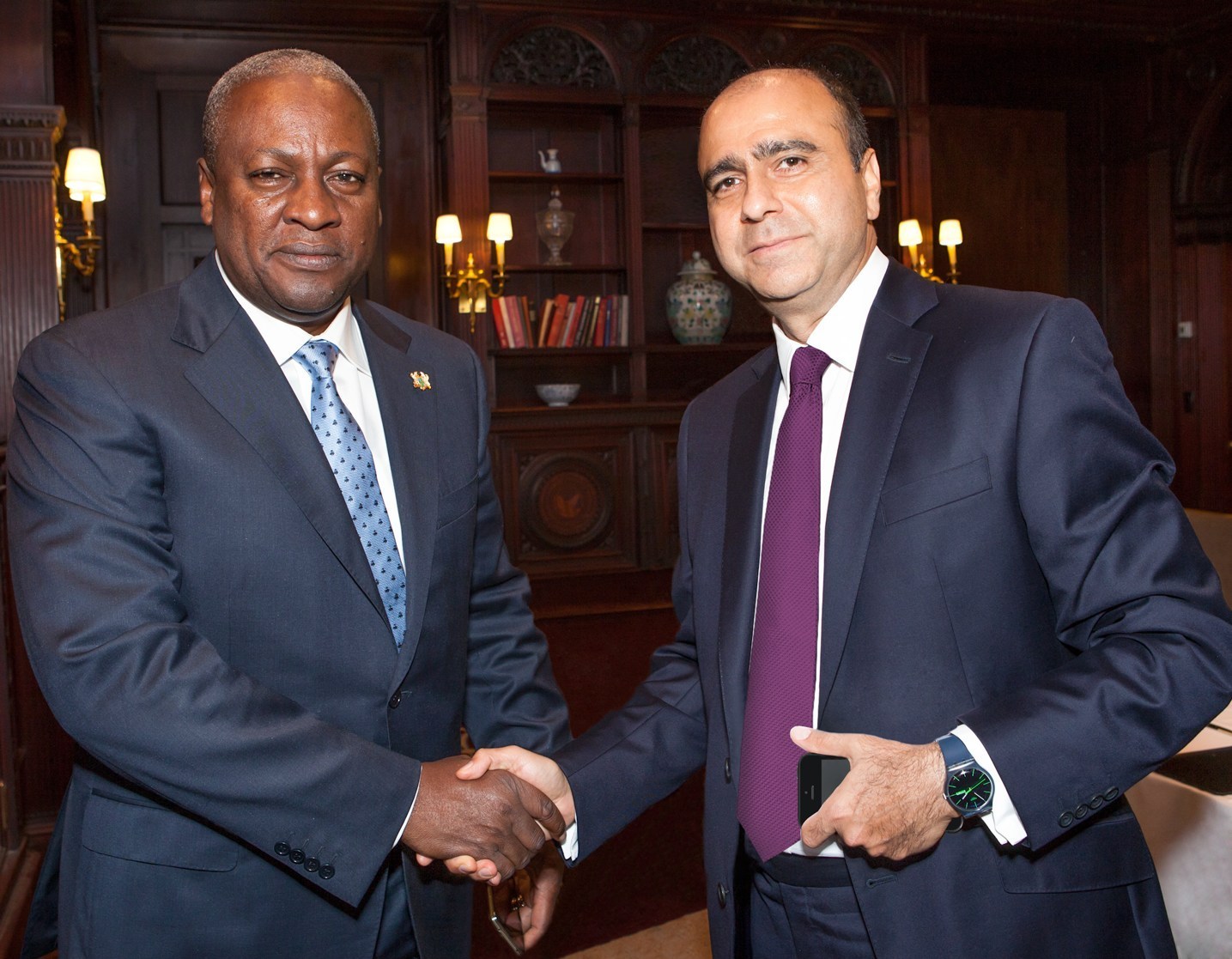
“Only when the tide goes out do you discover who’s been swimming naked.”
Warren Buffett
Transfast presents a particularly interesting case among providers of international person-to-person remittances. While we often read about startups or bitcoin taking on the industry’s largest players, Western Union and MoneyGram, Transfast was unique in being, till 2019, an acquisition by Mastercard. This independent, private equity-backed company is between those extremes. Transfast straddled mostly offline with some online business worlds across the globe while being nimble enough to maintain an entrepreneurial / startup culture. Between 2008 and 2016, Transfast grew tenfold, expanding from a narrow focus on sending money between the U.S. and Latin American corridors to a truly global provider. Their story and insights on the industry are quite unique and informative.
This blog is specific to Transfast – if you are looking for more general knowledge on the best ways to transfer money, check other SaveOnSend blog posts.
We will cover questions like:
- Should I use Transfast to transfer money from the U.S. to India, the Philippines, Mexico, or China?
- How do Transfast’s fees and exchange rates compare with other money transfer companies?
- How is Transfast different vs. other online remittance providers?
We will structure this post as follows:
- Transfast’s history in money transfer
- Transfast’s pricing: fees + FX markup (exchange rate)
- Whether or not you should use Transfast for money transfer
- Transfast CEO’s views on the money transfer industry and current trends
TransFast: Money Transfer History
Like the Chilean-born CEO of Ria Money Transfer, Juan Bianchi, Transfast’s CEO, Samish Kumar (on the right in the above photo), also has immigrant roots. Samish was born in India and, as a child, received monthly remittances from his mother, who worked as a teacher in Nigeria. He then moved to Nigeria with his younger brother to live with her. Just before the military coup in Nigeria (1984), the family moved to the United States.
After coming to the U.S., Samish earned a degree in aerospace engineering and landed on Wall Street. There, his emerging-market experience gave him a visceral understanding of how money sent from developed nations impacts the economies and daily lives of people in developing nations. Samish’s first professional engagement on this topic was in the aftermath of the 1st Gulf War, when India faced a severe balance-of-payments crisis due to a spike in oil prices. Thanks to remittances from Indians living overseas, the country’s economy received a crucial lifeline. Samish noticed similar patterns during the 1997 financial crisis across Asia, when remittances proved the most reliable source of capital as private investments evaporated.
After Wall Street, Samish worked in private equity, overseeing startups and learning from successes and failures. Keeping a keen eye on global remittances, he noticed that after 9/11, the barriers to entry into this industry were growing, due to increased compliance requirements. In April 2007, Samish partnered with GCP Capital Partners to acquire Transfast. The company had declining revenue of ~20%/year, processed around $0.5B in volume, and focused mostly on Latin American corridors. Samish’s long-term vision for Transfast was based on the Walmart model: to provide everyday low prices and excellent customer service, and to deploy the best systems and operations to drive costs down.

Since 2007, when it was acquired by a private equity firm, Transfast grew to $6+ billion in volumes annually by 2016, becoming a top-20 money transfer provider at that point:

Similar to other providers that offer both offline and online transfers, Transfast’s cash business was stagnating while its digital side was growing 100+% till 2015 and at an increasingly slower pace since then, repeating digital growth trajectories of other players (read this SaveOnSend article for more details):

Around half of Transfast’s business came from the U.S., with the rest mainly from the Middle East. Its biggest transfer destinations were the Philippines, where it had about 7% market share, and India.
Transfast’s pricing: money transfer fees + FX markup (exchange rate)
Review the two tables below that compare providers for sending money from the USA to India and the Philippines:


As you can see, despite the difference in corridors and amounts, Transfast was among the less expensive providers, but not the cheapest. Because it was owned by a private equity firm rather than a venture capital or public market firm, it had to focus on profitability above growth.
Like Xoom, Transfast approved most transactions instantly, delivering 100% of cash and ~70% of online money transfers in near real-time.
Similar to other large players, Transfast leveraged a full variety of marketing channels:
This was a common advertising technique among money transmitters. Since we, as consumers, seem to pay much more attention to fees than to exchange rates, providers often advertise “zero fees” while still making money on the FX markup. Each provider charges a different combination of margins (fee + FX markup). For example, if you look at FX markups across money transmitters for sending money to India, they were not only significantly different across providers, but each provider changed its FX markup on a daily basis:

In January 2017, Transfast received a $40 million credit facility. Still, from comments from the company’s private equity owners, it wasn’t clear whether it was an additional investment or a replacement for previous funding.
In 2019, MasterCard acquired Transfast, mostly for its international network (similarly to Visa’s acquisition of Earthport around the same time). By 2020, MasterCard shuttered Transfast’s online channel and sold most of its agent business to Western Union, focusing on the B2B business. Here is how Intermex executives characterized the end of Transfast’s consumer business during 2020:

Transfast CEO’s views on industry trends
As consumers and participants in the remittance industry, it is easy to get confused about industry trends and comparisons across providers. Transfast’s CEO shared his perspective on the industry in 2016:
What are the major differences across providers?
Transfast’s focus is on fast transaction speeds and good customer service at value prices. We have done well and love our business, but we continue to push the boundaries in terms of innovation and improvement.
Transfast has built its own proprietary network & partners worldwide. Most startups use third-party services, network aggregators, and corresponding banking rails, which cost more and limit their ability to manage risk and processes. By operating and owning our network, we deliver Transfast money transfers to banks in the fastest way, while always knowing where our customers’ money is at all times – we never use third-party rails.
Another difference concerns our business operations model. For example, by leveraging more data, Xoom seems to be further along than us in evolving risk management systems, approving approximately 90% of transactions in real time. Transfast money transfers are approved instantly for 70% of online transactions, and we are working to optimize risk management models so they are on par or better in the near future. However, based on Xoom’s financials, it would seem that over the years, they had a much greater appetite for risk and sustaining losses. Transfast, a private equity-backed company, has preferred a more conservative approach.
Like Western Union, MoneyGram, and Ria, the Transfast money transfer service caters to the preferences of the majority of remittance consumers. Our customers want fast bank transfers, low fees, and a cash pickup option for large, unbanked segments at destination locations. They don’t mind spending a reasonable amount of money to get such service. Most other providers, even Xoom, can’t offer services such as cash pickup in key destinations like India (Transfast holds a license from the Reserve Bank of India to enable cash pickup).
Why sending money online couldn’t be almost free
There are fixed and variable costs. Fixed costs are extensive – for example, every state in the US requires licensing, bonding, and the provider needs to prefund payers in the destination countries, etc. The variable costs include paying fees to a linked bank/plastic card issuer (e.g., 30 cents for an ACH transaction, % of the principal amount for a card transaction) and paying commissions to a receiving bank or partner on the receiving side (~$2 or more). Because Transfast money transfers are instant for ~70% of online transactions, the company assumes a certain amount of risk on those transactions, which is driving significant costs.
There are also high fraud risks and costs associated with prevention. The most common fraud is “NSF Fraud”, when a customer submits a Transfast money transfer without having sufficient funds in their bank account. Another frequent fraud type is when customers dispute a transaction, claiming that they didn’t send the money. By law, consumers can dispute it for up to 12 months, even after the money is transferred. These types of fraud could account for a significant share of all transactions in some destinations. In most cases, we would find proof of fraud and wouldn’t lose the money, but resolving it takes time and resources.
What do remittance consumers care about the most?
Transfast money transfer customers are a very diverse group; everyone compares products based on how long it takes for funds to arrive, the FX fees, and service quality, but each destination and customer subsegment has its own preference order among those factors.
Overall, customers are pretty set in their sending channel choices; we see almost no crossover from offline to online usage, maybe 1-2% annually. The big increase in online/mobile money transfer is coming not from retail/cash users, but from consumers who used to rely on bank wire transfers.
Indian customers using Transfast money transfers are really an exception because of their unique profile. Many of them are so-called “knowledge workers” who come to the U.S. on H1B visas to work in information technology and finance. They are more tech-savvy and more comfortable with online/mobile tools than other large remittance groups among migrants.
What worries you the most in the current market environment?
As more consumers come online, we are seeing increasingly large and more sophisticated attempts at fraud. Account takeovers and identity theft are becoming increasingly popular with fraudsters. There are other types of non-transactional fraud we have never experienced, such as business email compromise, but they remain worrisome to us. We also have to address threats of global money laundering, crime, and terrorism. We take compliance very seriously, and as a result, 10%+ of our workforce is compliant.
In the current “cheap” capital environment, where it is relatively easy to get funding from Venture Capitalists or get public financing via an IPO, we see more startups entering the field that offer services without a profitable business model. This might be a great development for consumers in the short term, but what would happen to these businesses and their customers when cheap funding disappears during the next financial crisis, as it did in 2001 and 2008?
In Summary…
Hopefully, you found this overview helpful. Please comment on your experience with Transfast.



